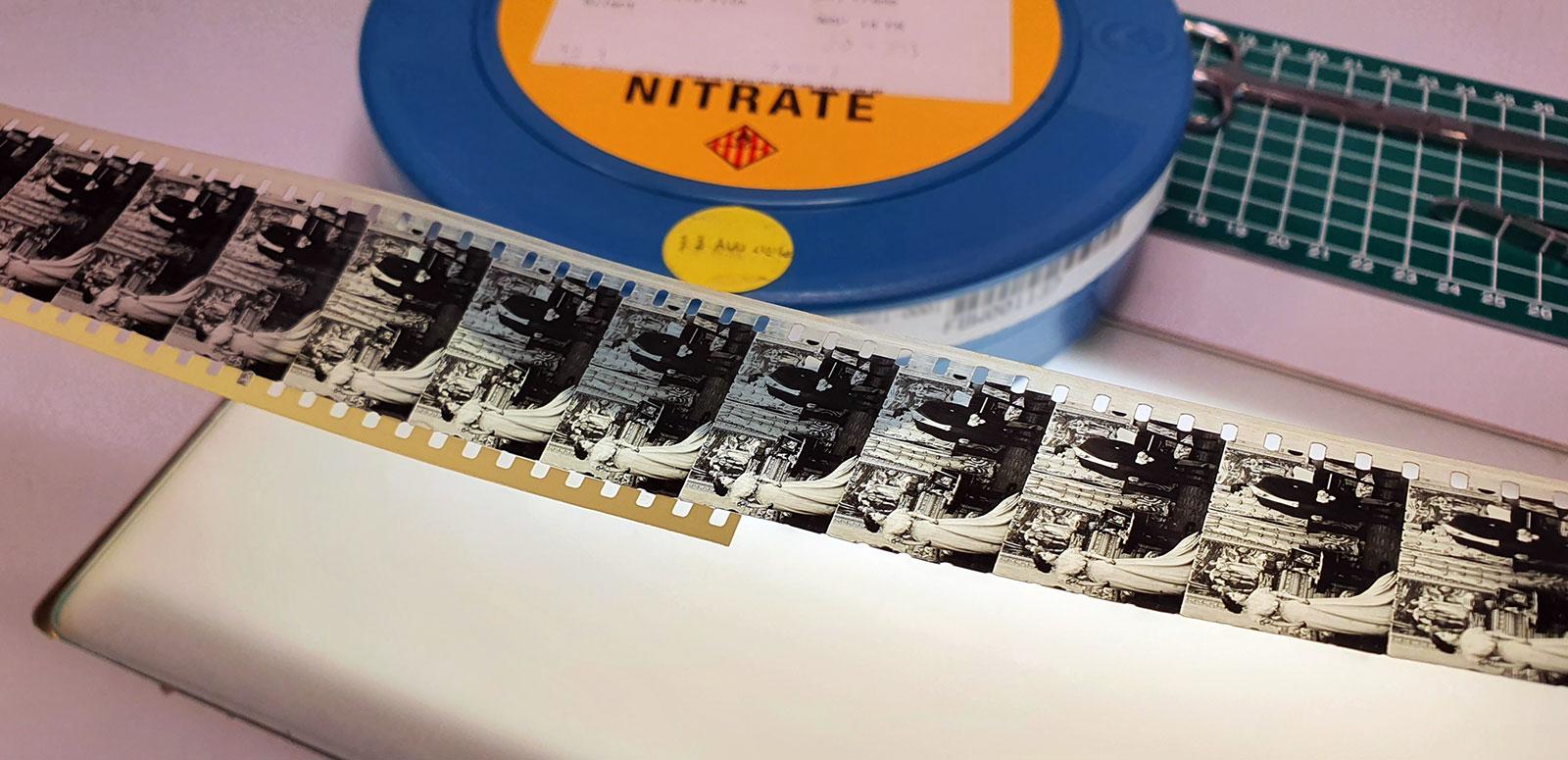15 MAY 2024
The National Film and Sound Archive of Australia will receive $9.3 million over four years to upgrade and extend existing facilities for the storage and preservation of nitrate film and images.

15 MAY 2024
The National Film and Sound Archive of Australia will receive $9.3 million over four years to upgrade and extend existing facilities for the storage and preservation of nitrate film and images.
The funding, in place from financial year 2024–25, will allow the NFSA to double its nitrate storage capacity, including storage on behalf of other national collecting institutions. The expanded facility in Canberra will meet international best practice for collection storage and will ensure the preservation of nitrate film and photographs for future generations of Australians to view and access.
‘Alongside ongoing advancements in digitisation, this funding means we can ensure the protection and accessibility of nitrate cinematic treasures for contemporary and future audiences,’ said Patrick McIntyre, the NFSA’s CEO. ‘The expansion of our existing facility will enable us to build on our history and to continue our search for lost films.’
Nitrate cellulose film was developed in the 1880s and was the preferred format for motion-picture filmmaking and projection until the early 1950s. Its need for a cold, dry storage environment and its extreme flammability requires it to be stored separately from other collection items. Its high silver content contributes to its unique visual appeal, providing a distinctive warmth and richness that distinguishes it from modern film stocks.
The NFSA’s existing nitrate facility was built almost four decades ago and is in need of urgent upgrades. In addition, it has reached capacity, and the collection continues to grow. The NFSA has produced before and after versions of nitrate film preservation from early Australian classics such as The Cheaters (1929) by Australian film pioneers the McDonagh sisters:
Before and after trailer of the digital restoration of The Cheaters, 1929. (d. Paulette McDonagh, silent version). NFSA title: 707539
Nitrate film captured numerous defining moments in Australian history including the world’s first feature film The Story of The Kelly Gang (1906) – a film and folklore story that still resonates with audiences today.
Early historical and cultural moments on nitrate in the national collection include: The Duke of York Opening Federal Parliament (1901), WW1 Embarking Troops and Charity Bazaars (1915), Sir Charles Kingsford Smith’s Conquest of the Pacific (1928), the Bodyline cricket series (1932–33) and the 4000+ newsreels produced by Cinesound Movietone Productions between 1929 and 1975, now listed on the UNESCO Memory of the World Registry.
Nitrate also captured the earliest moving images of Aboriginal and Torres Strait Islander peoples from as early as 1898, and the work of Hollywood pioneers such as Snowy Baker and Snub Pollard. Other early Australian film artists captured on nitrate included Arthur Tauchert and Lottie Lyell in The Sentimental Bloke (1919) and Bert Bailey and Fred MacDonald in On Our Selection (1932). Famous faces appeared in other nitrate features, like Don Bradman in The Flying Doctor (1936) and former Prime Minister Billy Hughes in Smithy (1946).
The NFSA receives nitrate donation offers frequently from members of the public, who are potentially holding hazardous items. We recently discovered rare footage of Australian cyclist and former Minister for Immigration Sir Hubert Opperman, along with a Hollywood newsreel featuring Australian silent-era actress Enid Bennett in an unmarked collection.
Want to be the first to hear stories and news from the NFSA?
Subscribe to our newsletter and never miss out.
The National Film and Sound Archive of Australia acknowledges Australia’s Aboriginal and Torres Strait Islander peoples as the Traditional Custodians of the land on which we work and live and gives respect to their Elders both past and present.